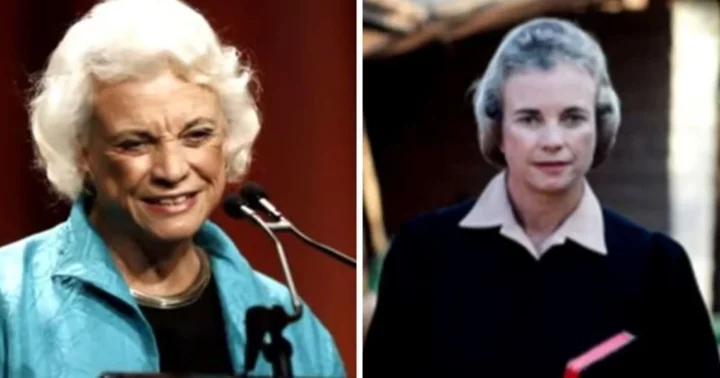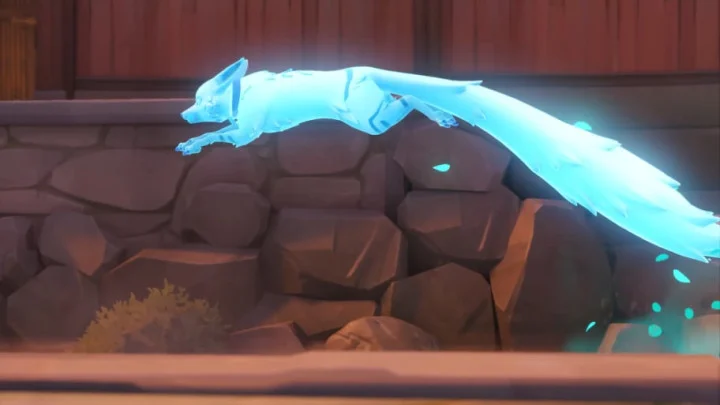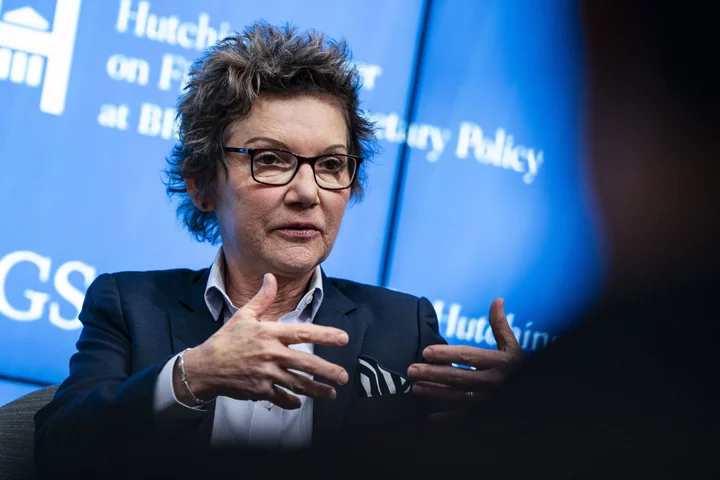PHOENIX, ARIZONA: Sandra Day O'Connor, who was appointed as the first female Supreme Court justice in 1981, has breathed her last at the age of 93 in Phoenix, Arizona, on Friday morning, December 1. The court announced her death in a statement, citing "complications related to advanced dementia, probably Alzheimer’s, and a respiratory illness", as per NBC News.
O'Connor's family released a letter from the 24-year Supreme Court veteran in October 2018 disclosing that she had dementia and was "no longer able to participate in public life."
"How fortunate I feel to be an American and to have been presented with the remarkable opportunities available to the citizens of our country," she wrote. "As a young cowgirl from the Arizona desert, I never could have imagined that one day I would become the first woman justice on the U.S. Supreme Court," she added.
Sandra Day O'Connor was a moderate conservative
O'Connor was known as a moderate conservative with an open-minded approach that oftentimes made her a swing vote. She also supported abortion rights even though she was tough on law and order issues. "She was an amazing trailblazer, firm, knew what she wanted and didn't hesitate," Lise Earle Beske, a law clerk of O'Connor's from 1994 to '95, said.
Beske also added that O'Connor hired clerks with different political views because she wanted everyone's perspective to be represented before she reached a decision on a case. "She was a very, very strong person," Beske said, adding "Steely at times, but someone who you also wanted to please."
Chief Justice John Roberts called Sandra Day O'Connor 'a towering figure'
Chief Justice John Roberts called O'Connor "a towering figure" in 2018 who "broke down barriers for women in the legal profession to the betterment of that profession and the country as a whole." One of O'Connor's most pivotal decisions was a vote to stop a Florida recount following the presidential election, with the majority of justices deciding that George W Bush would become president.
A brief insight into Sandra Day O'Connor's early life
O'Connor was born on August 26, 1930, in El Paso, Texas. She was the daughter of Harry and Ida Mae Day, owners of a 180,000-acre cattle ranch called The Lazy B in southeastern Arizona and southwestern New Mexico. The ranch house had no running water or electricity until O'Connor was seven years old.
Her parents became aware of O'Connor's immense intellect when she was young. They sent her from their remote ranch for schooling in El Paso, where she lived with her grandmother. Summers were spent back in Arizona, branding cattle and carrying out other ranch duties.
By the age of 16, O'Connor was off to Stanford University, and at 19 enrolled in Stanford Law School, the only woman in her class. Her choices were inspired in part by her father and a lawsuit the family ranch was involved for a decade, which ate up about a half-million dollars before it was settled.
"My mom going to Stanford and then on to law school was sort of the fulfillment of my grandfather's dream," her son Scott O'Connor told The Washington Post in 2016. "He was going to go to Stanford, so that was part one. And then part two was, she became an attorney, in part because this was never going to happen to us again."
O'Connor dated classmate William Rehnquist, the future chief justice of the Supreme Court, in her first year at Stanford Law. After they broke up, she bonded with another classmate, John Jay O'Connor, over beers as they worked on the school's prestigious law review.
She soon began dating John, but 40 days into her new relationship, she received a letter from Rehnquist proposing marriage. "To be specific, Sandy, will you marry me this summer?" Rehnquist wrote in the note, which was revealed in a 2019 biography of O'Connor by Evan Thomas called First. She said no, and was engaged to John by the time they graduated law school in 1952.
O'Connor's career in the law field
O'Connor found work as a deputy county attorney for San Mateo County in California and, after the couple moved to Phoenix, she opened up a small practice while her husband landed a corporate law job with a top firm. She had three sons between 1958 and 1962, and in that time began a five-year break from her law career.
O'Connor eventually returned to work as an assistant attorney general of Arizona and, in 1969, entered politics when she was chosen to serve out the term of a Republican state senator. She formally ran for the seat in the 1970 election, won re-election in 1972 and in '73 was named the Republican majority leader in the state Senate, the first time a woman held a majority leader position in the United States.
In 1974 O'Connor resigned to become a judge on the Maricopa County Superior Court. After five years there, the governor of Arizona appointed her to the Arizona Court of Appeals, a path that in 1981 led to President Ronald Reagan making good on a campaign promise of putting the first woman on the US Supreme Court.









